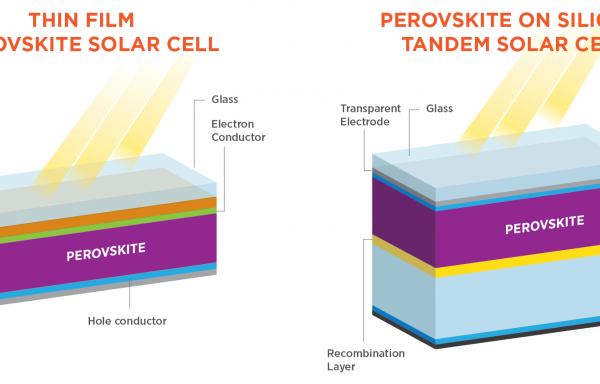
In the vast expanse of renewable energy sources, photovoltaic technology stands as a beacon, harnessing thepower of the sun and converting it into clean electricity. Among the myriad of advancements in this field,calcium titanate batteries, often simply referred to as perovskite solar cells due to their perovskite-structuredabsorber materials, have emerged as a shining star, ushering in a new era of innovation and transformation.Today, let’s delve into the world of perovskite solar cells and uncover their mysteries, as well as the prospectsthey hold for the future.
Perovskite solar cells, characterized by their perovskite-type absorber materials such as methylammonium eadiodide, possess several alluring qualities that set them apart from traditional silicon-based solar cells.

1. High Efficiency: The photoelectric conversion efficiency of perovskite solar cells has soared in recent yearswith laboratory records exceeding 25%, rivaling or even surpassing some commerciaized silicon-basedcells. This high efficiency stems from the remarkable ability of perovskite materials to efficiently absorb andconvert photons into electricity.
2. Low-Cost Manufacturing: Abundant and inexpensive raw materials, along with scalable fabricationprocesses like solution-based deposition and vapor deposition, significantly reduce the production costs ofperovskite solar cells. Moreover, their manufacturing processes are relatively straightforward, paving theway for large-scale, cost-effective production in the future.
3. Design Flexibility: The chemical structure of perovskite materials is tunable, allowing researchers tooptimize the performance of solar cells by modifying their composition and structure. This design flexibilityopens up a vast array of possibilities for further research and application.
4. Translucent and Colorful Potential: Unlike silicon-based solar cells, perovskite solar cells can be designed tobe translucent or even colorful, making them ideal for building-integrated photovoltaic (BlPV) applicationsand enhancing the aesthetics of solar installations.
Challenges and Opportunities Ahead
Despite their numerous advantages, the commercialization of perovskite solar cells stil faces several challenges:
Stability Concerns: The long-term stability of perovskite solar cells, particularly under harsh conditions likehigh temperatures and humidity, needs to be improved.
Lead Toxicity: The presence of lead in some perovskite materials poses environmental concerns. Thus, thedevelopment of lead-free or low-toxicity alternatives is crucial.
Commercialization Pathway: Translating laboratory successes into large-scale commercial production andestablishing robust supply chains pose significant challenges.
However, these challenges also present opportunities for growth and innovation. As technology advances and the industry matures, perovskite solar cells are poised to overcome these obstacles and achieve commercial breakthroughs. The global demand for renewable energy, coupled with the urgency to address climate change.provides a robust market for perovskite solar cells to thrive.


.png)
[…] Calcium Titanate Batteries: The Rising Star in Photovoltaics and Future Perspectives […]